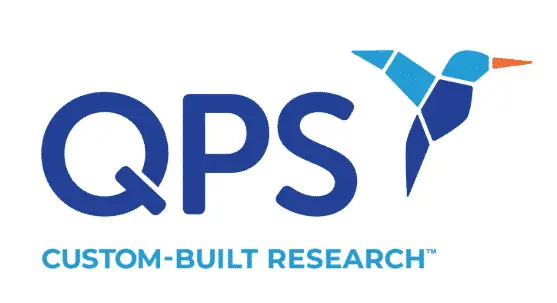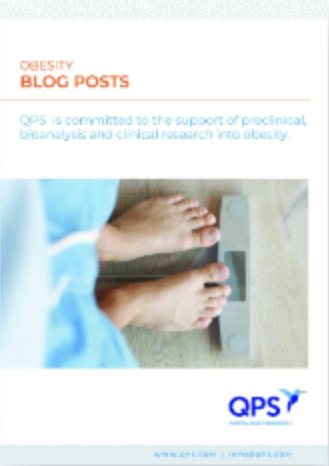For years, obesity and weight gain have been blamed on the “calorie concept”: the idea that obesity is caused by taking in more calories (through diet) than one burns off (through exercise). But as the obesity epidemic across the globe continues to grow — even as caloric consumption has stayed flat and, in some cases, gone down — some researchers are beginning to challenge the accepted wisdom that obesity is simply caused by a caloric imbalance. And new research has identified one likely culprit for rising obesity numbers: obesogens.
Obesogens and Obesity
Obesogens are a class of environmental chemicals that are thought to promote weight gain by interfering with the body’s endocrine system and disrupting the normal regulation of lipid metabolism. Obesogens are everywhere: present in “dust, water, processed foods, food packaging, cosmetics and personal care products, but also furniture and electronics, air pollutant, pesticides, plastics and plasticisers.”
The term “obesogen” was first coined in 2006 by Bruce Blumberg, a cell biologist at the University of California, Irvine. Blumberg’s lab observed that mice who were exposed to tributyltin chloride (a common toxic compound used as an antifoulant in marine and industrial paints, wood preservatives, and PVC plastics, among other applications) in utero experienced “strikingly elevated lipid accumulation” and fat formation compared to control group mice, despite no difference in their diet or exercise. As Blumberg explained, “Mice we expose to tributyltin don’t eat more, and they don’t exercise less than animals not exposed to it. But they use calories differently — they store more as fat. That’s very relevant to humans.”
Dozens more animal studies that followed continued to confirm that animals exposed to obesogens experienced an increase in fat accumulation. In one study, mice exposed to the estrogen drug diethylstilbestrol while pregnant had offspring who demonstrated increased body weight as adults. In another study, mice fed bis(2-ethylhexyl) phthalate (DEHP) — a common obesogen found in flooring, wall coverings, food containers, toys, and cosmetics — were observed to eat more, gain more weight, and accumulate more belly fat than control mice.
Obesogens and the Mechanisms of Weight Gain
Obesogens trigger weight gain in a number of ways. Research has found that many common obesogens can easily bind to and activate the peroxisome proliferator-activated receptor gamma (PPAR-γ), triggering the accumulation of unhealthy fat cells. Obesogen chemicals can also target estrogen and androgen receptors, glucocorticoid receptors, and the retinoid X receptor.
Not only do obesogens trigger weight gain by activating various receptors, but they can also affect appetite control, alter basal metabolic rate, influence insulin regulation, and change the microbiome, all of which have a significant impact on a person’s weight.
As Leonardo Trasande, an environmental health scientist at New York University, puts it, “Imagine you’ve had a good workout, you’ve eaten a good protein meal, and you are thinking you are going to gain some muscle.” But instead? Exposure to chemicals like phthalates can “change how the body processes a meal and ultimately turn it into fat or carbohydrate.”
This is why a small but growing group of researchers in the obesogenic community insist that the calorie concept or energy balance model, which treats obesity only as a problem of eating too much or exercising too little, is insufficient and incomplete. While obesogens are not the only cause of weight gain, exposure to these chemicals is likely a key to unlocking gaps in obesity research. Understanding the way exposure to obesogens affects a person’s metabolism, weight gain, and appetite is a critical step in understanding and addressing the obesity epidemic.
QPS is a GLP- and GCP-compliant contract research organization (CRO) delivering the highest grade of discovery, preclinical and clinical drug research development services. Since 1995, it has grown from a tiny bioanalysis shop to a full-service CRO with 1,100+ employees in the U.S., Europe and Asia. Today, QPS offers expanded pharmaceutical contract R&D services with special expertise in neuropharmacology, DMPK, toxicology, bioanalysis, translational medicine and clinical development. An award-winning leader focused on bioanalytics and clinical trials, QPS is known for proven quality standards, technical expertise, a flexible approach to research, client satisfaction and turnkey laboratories and facilities. Through continual enhancements in capacities and resources, QPS stands tall in its commitment to delivering superior quality, skilled performance and trusted service to its valued customers. For more information, visit www.qps.com or email info@qps.com.








